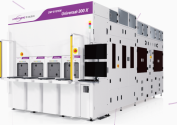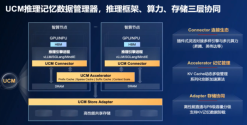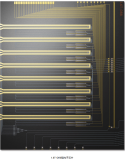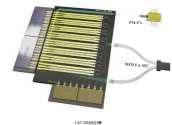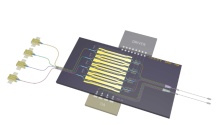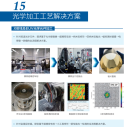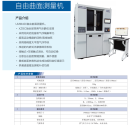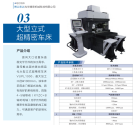Huilong Semiconductor High-end Process Project with a total investment of 320 million yuan has started construction
The project is located on the east side of Xicheng Canal, south of Zhenyang Road and west of Xiaoqingyang Road in Qingyang Town, with a total investment of 320 million yuan. The project plans to build a seven-story comprehensive building and four three-story supporting workshops. After completion, it will have an annual production capacity of 2.075 million sets of smart heaters and 300,000 sets of smart temperature control assemblies. It is committed to becoming a global leader in semiconductor heating and heat dissipation solutions.
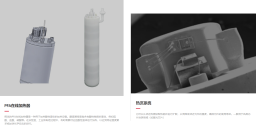
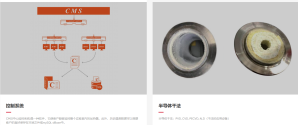
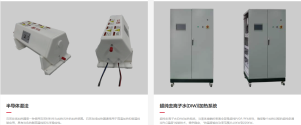
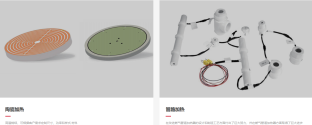
According to data, Huilong has been deeply engaged in thermal control technology for over 20 years, achieving remarkable results: in 2022, it was recognized as a Jiangsu Province Specialized, Advanced, and Innovative Small and Medium-sized Enterprise, in 2023, was selected for inclusion in the Jiangsu Province Listing Cultivation Program, and in 2024, it was awarded the national "Little Giant" designation for Specialized, Advanced, and Innovative Enterprises. The company's comprehensive product line of semiconductor heaters, temperature controllers, and intelligent control systems has achieved breakthroughs in several key technologies, including uniform heating, ultra-clean insulation, CMS system control, and multi-stage temperature control. These breakthroughs effectively address heating and temperature control challenges in multiple processes, including semiconductor deposition, etching, cleaning, and coating and development. Leveraging these technological achievements, Huilong can provide semiconductor companies with comprehensive solutions from components to systems, meeting the temperature uniformity, stability, and safety requirements of semiconductor chip manufacturing processes. This enables domestic substitution of related technologies and provides strong support for the accelerated rise of "Chinese chips."




According to data, Huilong has been deeply engaged in thermal control technology for over 20 years, achieving remarkable results: in 2022, it was recognized as a Jiangsu Province Specialized, Advanced, and Innovative Small and Medium-sized Enterprise, in 2023, was selected for inclusion in the Jiangsu Province Listing Cultivation Program, and in 2024, it was awarded the national "Little Giant" designation for Specialized, Advanced, and Innovative Enterprises. The company's comprehensive product line of semiconductor heaters, temperature controllers, and intelligent control systems has achieved breakthroughs in several key technologies, including uniform heating, ultra-clean insulation, CMS system control, and multi-stage temperature control. These breakthroughs effectively address heating and temperature control challenges in multiple processes, including semiconductor deposition, etching, cleaning, and coating and development. Leveraging these technological achievements, Huilong can provide semiconductor companies with comprehensive solutions from components to systems, meeting the temperature uniformity, stability, and safety requirements of semiconductor chip manufacturing processes. This enables domestic substitution of related technologies and provides strong support for the accelerated rise of "Chinese chips."


